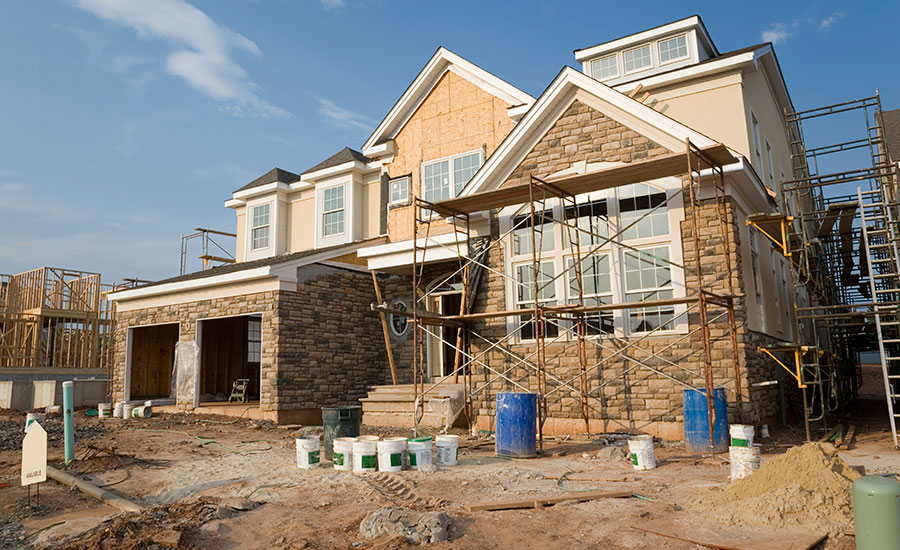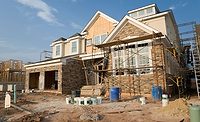Builder Confidence Posts Solid Gain in May
Builder sentiment is at its highest level since October 2018.

Builder confidence in the market for newly built single-family homes rose three points to 66 in May 2019, according to the latest National Association of Home Builders (NAHB)/Wells Fargo Housing Market Index (HMI). Builder sentiment is at its highest level since October 2018.
“Builders are busy catching up after a wet winter and many characterize sales as solid, driven by improved demand and ongoing low overall supply,” said Greg Ugalde, NAHB chairman and a home builder and developer from Torrington, Conn. “However, affordability challenges persist and remain a big impediment to stronger sales.”
“Mortgage rates are hovering just above 4 percent following a challenging fourth quarter of 2018 when they peaked near 5 percent,” said Robert Dietz, chief economist for the NAHB. “This lower-interest rate environment, along with ongoing job growth and rising wages, is contributing to a gradual improvement in the marketplace. At the same time, builders continue to deal with ongoing labor and lot shortages and rising material costs that are holding back supply and harming affordability.”
Derived from a monthly survey that NAHB has been conducting for 30 years, the NAHB/Wells Fargo HMI gauges builder perceptions of current single-family home sales and sales expectations for the next six months as “good,” “fair,” or “poor.” The survey also asks builders to rate traffic of prospective buyers as “high to very high,” “average,” or “low to very low.” Scores for each component are then used to calculate a seasonally adjusted index where any number over 50 indicates that more builders view conditions as good than poor.
All the HMI indices posted gains in May. The index measuring current sales conditions rose three points to 72, the component gauging expectations in the next six months edged one point higher to 72, and the metric charting buyer traffic moved up two points to 49. Looking at the three-month moving averages for regional HMI scores, the Northeast posted a six-point gain to 57, the West increased two points to 71, the Midwest gained one point to 54, and the South rose a single point to 68.
Additional details are available at www.nahb.org/hmi and www.housingeconomics.com.
Looking for a reprint of this article?
From high-res PDFs to custom plaques, order your copy today!






